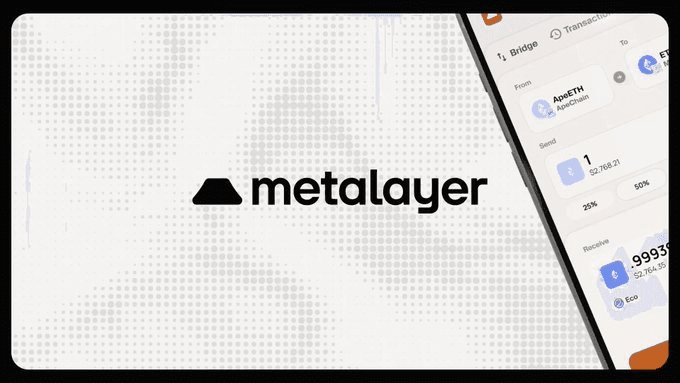Have we gone astray in our obsession with L2?
Let's recall, what were our expectations for L2 starting from the congestion and high Gas fees of Ethereum? Faster, cheaper. Thus, we witnessed the rise of pioneers like Arbitrum and Optimism, which have indeed alleviated Ethereum's pressure to a large extent.
But a new problem arises: these L2s are becoming increasingly like independent 'continents', with applications clustering together. When hotspots emerge, congestion will follow, and Gas fees will rise accordingly. It seems we have merely copied Ethereum's 'congestion anxiety' onto these new L2s.
More importantly, for project parties, choosing which L2 to develop on is like a gamble. If you bet right, you take off with the ecosystem; if wrong, you may fall into a liquidity island, ignored by all.
Is what we pursue just such an 'involution' L2 world?
At this point, Caldera gave me a new perspective, a kind of thinking that resembles 'playing with Lego'.

What is Caldera doing? Turning 'chain launching' into building blocks.
In simple terms, what Caldera does is 'one-click chain launch', also known as Rollup-as-a-Service (RaaS).
Don't think 'service' is boring; behind it is actually a shift in thinking.
Imagine if you want to open an online store; you don't need to write a complete e-commerce system code, right? You can use Shopify and set up your own store in minutes.
Caldera is doing something similar to Shopify in the Web3 world. It allows project parties, whether in gaming, social, or DeFi, to customize and launch their own high-performance Rollup chains in just a few minutes, like building with Lego.
What performance do you want? You choose. Is it ultra-fast confirmation speed or extremely low transaction costs?
What tech stack to use? You pick. OP Stack, Arbitrum Nitro, ZK Stack... just like choosing different Lego series.
What to use for Gas tokens? You decide. You can even use your own project tokens as Gas, expanding the application scenarios.
Who does this model liberate? It liberates teams that genuinely want to create great products. They no longer need to expend enormous effort and financial resources on underlying infrastructure, allowing them to focus 100% of their energy on refining their products and user experience.

Data and logic: Why do I think this is important?
This is not just a beautiful story; let's look at some facts:
Recognition from top capital: Caldera is backed by top VCs like Sequoia Capital and Dragonfly, with total financing reaching tens of millions of dollars. In a bear market, the choices of smart money often indicate something.
Rapid expansion of the ecosystem: Currently, there are over 50 active Rollups running on Caldera, covering various fields like GameFi, DeFi, and AI. This proves the genuine market demand.
The ambition to solve the 'island effect': Caldera is not just helping you 'build chains', it is also creating something called 'Metalayer'. You can think of it as a 'super connector' that seamlessly connects all chains created through Caldera, solving the 'liquidity island' problem we mentioned earlier. Assets and information can flow freely between these chains, which is how Web3 should look.
From my perspective, the emergence of Caldera marks a trend in the development of Web3: the shift from 'competing for a universal platform' to 'empowering vertical applications'.
In the future, it may not be a few super public chains/L2s dominating everything, but thousands of interconnected 'application chains' born for specific applications thriving together. A blockbuster game can completely have its own chain to ensure a smooth and seamless player experience, unaffected by other applications. A DeFi protocol can also have its own chain to build more complex and efficient financial products.



